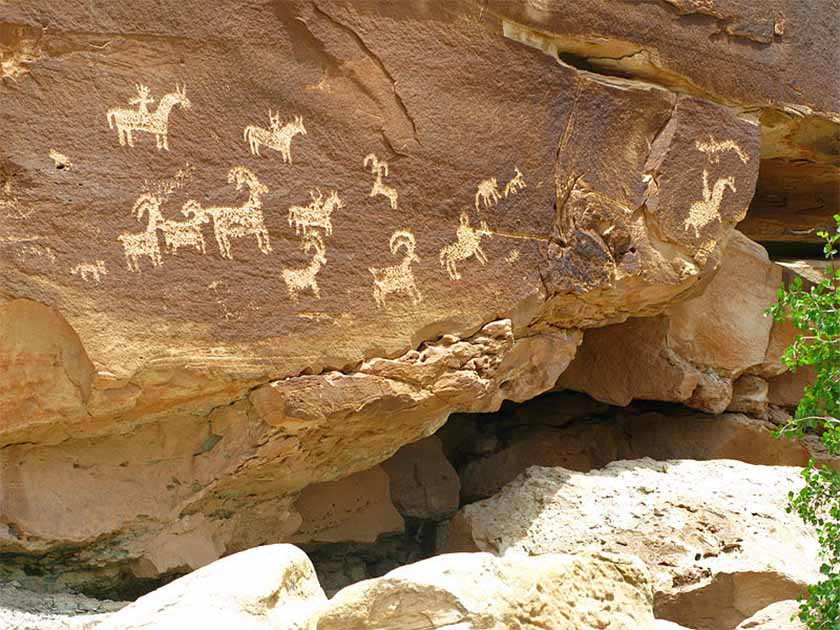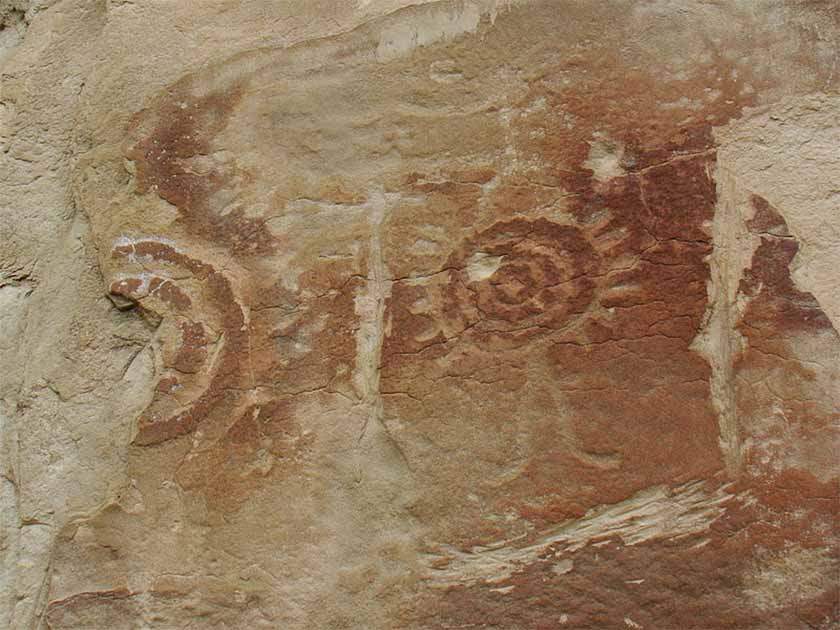
Ancient Egyptians In America’s Grand Canyon – Astounding Evidence Or Elaborate Cover-Up?
Although not numerous, some people claim that Egyptians once inhabited the Americas. Some stories are too outrageous to believe, yet they are still interesting historical accounts. None more than the one involving ancient Egypt, the Grand Canyon in Arizona, and implied cover-ups by the Smithsonian Institute in Washington DC, which was supposedly working in conjunction with the United States Government.

During the 1962 Cuban Missile Crisis, the US. Government designated the Grand Canyon caverns as a fallout shelter, with supplies for 2,000 people. These supplies remain in the caverns. (CC BY-SA 4.0)
An Internet search reveals hundreds of sites that boast there is supposedly an area in the Grand Canyon where pyramids and numerous hieroglyphic designs are found. Some have also written that Egyptian relics were also discovered, and that the entire site’s existence has been denied and information about it suppressed by the Smithsonian Institute in conjunction with the United States Government for “nefarious purposes”. It is all so far-fetched it seems hardly worth the effort to research it. However, the more one looks into it, the more questions are left unanswered. It is likely that the entire story about Egyptians having visited the United States in the distant past is untrue, but what a strange thing to make up! Two major questions emerge when investigating this incredible story. Firstly, who made it up? Secondly, why did they make it up? And perhaps there is a third question, albeit a preposterous one: could there be any truth whatsoever to this rumor?
Hieroglyphs or Petroglyphs?
Even assuming that the basic premise of the story is untrue, is there possibly something in or near the Grand Canyon that is unusual, something which non-expert tourists might have mistaken as Egyptian? For example, it is completely possible that someone with little to no knowledge of history might have seen Native American cave paintings or older petroglyphs and mistaken them for hieroglyphs. Obviously, most alphabets and systems used to record written languages throughout the world began with pictures, and even today in modern times, if someone wished to summarize an entire event or an entire scene at once, he or she could use a painting, and today, an even easier way to do it would be to simply snap a photograph.

Ute tribal rock art taken at Arches National Park, UTAH. Picture shows stylized horse and rider surrounded by bighorn sheep and dog-like animals. This was carved between 1650 & 1850 (Sanjay Acharya / CC BY-SA 3.0)
This may sound like an overly simplistic way to explain it, but to clarify; if one could not share a photograph with someone and had to explain it with words, it would take some time. If it were something as simple as a tree, one would have to describe the colors, the shapes of the leaves, the way they grew, the color and texture of the bark, and imperfections, insects, and the like, before even beginning to describe the things around the tree. A picture makes it easier. This is why indigenous tribes all over the world that possessed writing systems used pictographs and ideographs. It is why the Egyptians did the same, and it is why Chinese and Japanese languages continue to use them. Japanese has two alphabets (hiragana and katakana), yet pictographs and ideographs continue to be used in conjunction with the alphabets. The truth is, using pictures or pictographs to get across ideas and describe scenes has always been and always will be part of the global heritage. Some simply may not have considered this, and they may not be familiar with differences between the pictographs found in diverse cultures, so when they came across something in north-western Arizona that was pictographic in nature, they might have misinterpreted it as being Egyptian in nature.

Shield Site: Cañon Pintado, a prehistoric site with rock art from Fremont people (650 to 1200) and Utes. Rio Blanco County, Colorado (CC BY-SA 3.0)




